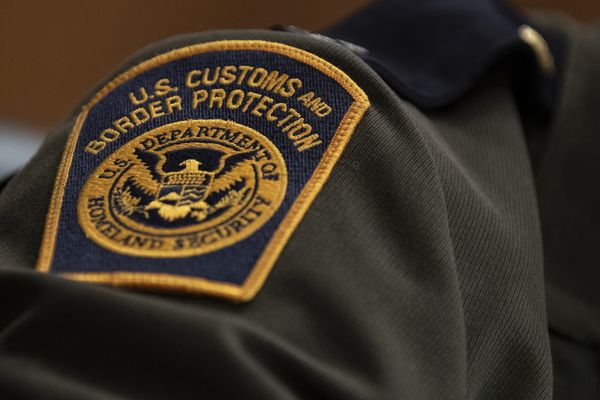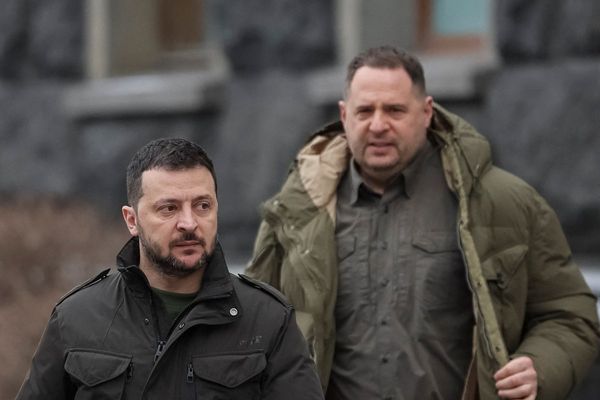It was 9.30 a.m. on June 17, 1911. Maniyachi Mail was at the Tirunelveli Junction. Robert William Ashe, the Collector of Tirunelveli, was on the train with his wife. As the train was about to leave the station, two youth boarded it, and as it reached Maniyachi at 10.35 a.m., the two young men moved towards the First Class carriage. The one wearing a coat shot Ashe in the chest with a pistol.
The book Ashe Kolaiyum Indiya Puratchi Iyakkamum (Murder of Ashe and Indian Revolutionary Movement - Kalachuvadu Publishers) by A. Sivasubramanian reads like a thriller. The youth who shot Ashe was R. Vanchinathan and his comrade was Madasamy, hailing from Ottapidaram, and a close friend of freedom fighter V.O. Chidambaram Pillai.
Madasamy ran across some paddy fields and fled while Vanchinathan hid in a toilet and shot himself. A letter was recovered from his pocket.
“It was the first political assassination in the Freedom Movement in South India. It was not done unilaterally by a few but had close links with revolutionary terrorism in North India and the revolutionaries who functioned outside India under the leadership of Madam Cama,” writes Mr. Sivasubramanian, a former professor of V.O.C. College, Thoothukudi. The Browning automatic pistol used by Vanchinathan was sent from France by Madam Cama.
“Ashe was the first and the last British officer who was assassinated in South India. National poet Bharathiar, who faced a lot of trouble after the assassination, said revolutionary terrorism was a stillborn child in Madras,” writes historian A.R. Venkatachalapathy.
The historian later met Ashe’s family and wrote an elaborate article, which became part of compilation of article titled Ashe Arichuvatil (Kalachuvadu).
Ashe was buried in the English Church in Palayamkottai. Vanchinathan was 25 when he died, and his father Ragupathi Iyer refused to perform his last rites.
Vanchinathan, an employee of the Forest Department in erstwhile Travancore, was a member of the Abinav Bharath Samithi, launched by V.D. Savarkar and had close contacts with Nilakanta Brahmachari.
“Once he (Vanchinathan) came to meet me in Puducherry. Since I was not there, he had met V.V.S. Iyer, who spotted his boldness and unwavering mind, and convinced him to kill Ashe. He designed a plan, training him to handle the pistol and gave him the weapon sent by Madam Cama,” wrote Nilakanta Brahmachari, who was arraigned as the first accused in the case.
Political or casteist?
The contents of the letter recovered from Vanchinathan gave rise to a controversy many decades later over his motive in killing Ashe.
After Congress leader Kumari Ananthan demanded that Maniyachi railway station be named after Vanchinathan, the Dravidar Kazhagam sought to portray Vanchinathan as ‘casteist’, and Ashe as a saviour of the oppressed class.
In the letter, Vanchinathan had accused the British of destroying ‘sanatana dharma’ and of trying to organise a crowning ceremony for “the beef eater” and “panchama” King of England (George V, who visited India later in 1911). His detractors contend Vanchinathan was upset because Ashe allowed all communities to bathe in the Courtallam Falls and transported a pregnant Dalit woman in his coach through the streets of caste Hindus.
“I have not found any records or evidence to support these incidents. I spent a week at the archives in Thiruvananthapuram, where four volumes of oral evidence are preserved. There are no references to such incidents. The critics are coming out with imaginary stories. The assassination had no narrow casteist and selfish motives. It was purely political,” Mr. Sivasubramanian said.
He argued one should not single out Vanchinathan for his beliefs as those who were involved in the case had not freed themselves from their faith in religion and ‘sanatana dharma’.
“They belonged to the Vellala and Brahmin communities, who occupied the top layer of society. Vanchinathan had referred to King George V as a ‘panchama’ to denigrate him. Leaders with such an attitude cannot mobilise people. Their shortcomings notwithstanding, they were driven by the fervour of the Freedom Movement,” he said.
Mr. Venkatachalapathy says though the conspiracy angle was not proven in the case, the then Judge of the Madras High Court Chettur Sankaran Nair cited factors such as the suppression of the Swadeshi Steam Navigation Company launched by V.O. Chidambaram Pillai, the strike led by the latter in Coral Mill in Thoothukudi, his arrest along with Subramania Siva for praising Bipin Chandra Pal and the spontaneous uprising that followed their arrest.
Message of reconciliation
Mr. Venkatachalapathy had invited Ashe’s grandson Robert to visit India on the occasion of his death centenary in 2011. He could not come, but wrote a letter to the family of Vanchinathan as per his request.
It reads: “On this day of sad but proud remembrance, we, the grandchildren and great grandchildren of Robert William Ashe would like to extend to the family of Vanchi Iyer, a message of reconciliation and friendship. Vanchi was an idealist political campaigner whose zeal for the freedom of his beloved India sent Robert to his early grave. Moments later, he took his own young life. All who act fervently in the political arena, both ruler and oppressed, risk making mortal mistakes, and we who are fortunate enough to live on, must forgive and live in peace together.”







